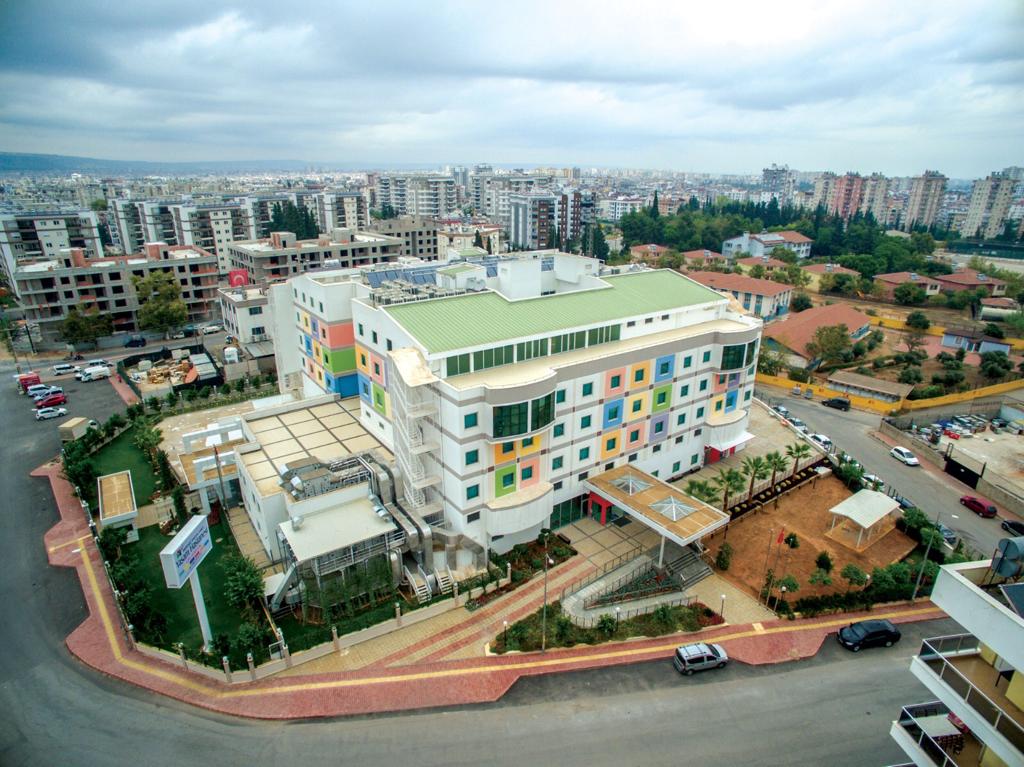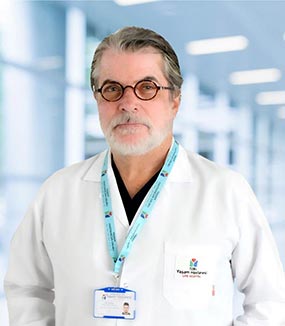In vitro fertilization (IVF) is a method of treatment to aid fertility or prevent genetic problems and assist in having children.
During IVF, mature eggs are collected (removed) from the ovaries and fertilized by sperm in a laboratory. The fertilized egg (embryo) or eggs (embryos) are then transferred to the uterus. A full IVF cycle takes about three weeks.
IVF is the most effective form of assisted reproductive technology. The procedure is done using a couple's own eggs and sperm.
Your chances of having a healthy baby with IVF depend on many factors such as your age, health condition and more.
If more than one embryo is transferred to the uterus, IVF can result in pregnancy with more than one fetus (multiple pregnancy).
Are you eligible for IVF treatment?
Infertility is okey when the couples have regular sexual intercourse without applying any contraception within a year and they want a child, but the pregnancy does not occur or the pregnancy cannot be carried. About 15% of couples have this problem.
What are the causes of infertility in men and women?
Fallopian tube damage or obstruction. Fallopian tube damage or obstruction makes it difficult for an egg to fertilize or for an embryo to reach the uterus.
Ovulation disorders. If ovulation is infrequent or absent, fewer eggs are available for fertilization.
Endometriosis. Endometriosis occurs when the lining of the uterus grows outside of the uterus – often affecting the function of the ovaries, uterus, and fallopian tubes.
Uterine fibroids. Fibroids are benign tumors in the uterus. It is common in women in their 30s and 40s. Fibroids can prevent the implantation of the fertilized egg.
Impaired sperm production or function. Below-average sperm concentration, poor sperm motility (poor motility), or abnormalities in sperm size and shape can make it difficult for sperm to fertilize an egg.
Unexplained circumstances. Unexplained infertility means that the cause of infertility cannot be found despite evaluations for common causes.
Genetic disorder. If you or your partner are at risk of passing a genetic disorder on to your child, during the IVF process the embryo will be screened for certain genetic problems and healthy embryos may be transferred to the uterus.
Fertility preservation for cancer or other health conditions. If you are about to start treatment for cancer, such as radiation or chemotherapy, that could harm your fertility, IVF for fertility preservation may be an option. Women can collect eggs from their ovaries and freeze them unfertilized for later use. Or eggs can be fertilized and frozen as embryos for future use.
Step-by-step IVF processes
The first step in IVF is to inject the expectant mother with a hormone that increases ovulation. Thus, more than one egg is produced every month. Then the necessary tests are done to determine if you are ready to collect the eggs.
Prior to the retrieval procedure, an injection of medication will be given that matures the developing eggs and initiates the ovulation process. Timing is important at this point; eggs must be retrieved just before they emerge from the follicles in the ovaries. If eggs are retrieved too early or too late, they will not develop normally. Your doctor may do blood tests or an ultrasound to make sure the eggs are at the right stage of development before he/she retrieves them.
During the procedure, your doctor will locate the follicles in the ovary with ultrasound and will remove the eggs with a hollow needle. The procedure is usually completed in 30 minutes to 1 hour.
Immediately after retrieval, your eggs will be fertilized in the laboratory with your partner's sperm.
When the embryos are ready, doctors transfer one or more to your uterus. This procedure is faster and easier than removing the egg. Most IVF experts recommend transferring two to three embryos at a time to increase the chances of pregnancy. But it also means that you can have multiple pregnancies.
Following the procedure, you will usually stay in bed for several hours and be discharged four to six hours later. Your doctor will probably give you a pregnancy test about two weeks after the embryo transfer.
In cases where the father-to-be has an extremely low sperm count or poor motility, doctors may combine IVF with a procedure called intracytoplasmic sperm injection. In this procedure, sperm are taken from the semen – or in some cases directly from the testicles – and inserted directly into the egg. Once a viable embryo is produced, it is transferred to the uterus using the normal IVF procedure.
Our services
Infertility, Reproductive Endocrinology and Infertility Treatments
IVF Treatment (ICSI)
Fertility Vaccine
Vaccination Therapy (IUI)
Ovulation Tracker (COH)
Reproductive Infertility Surgery (Hysteroscopy / Laparoscopy)
Embryo Shaving (Assisted Hatching)
Genetic Tests (PGD, NGS, CGH...)
Embryo Freezing
Frozen Embryo Transfer
Surgical Sperm Obtaining Methods (TESA, MESA, PESA, TESE, Micro TESE)
Sperm DNA Fragmentation (SDI) and FISH Analysis
Sperm Selection with Microchip
Pool Method (Pooling)
Sperm Freezing
Egg Freezing
Male Infertility Follow-up and Treatment
Co-culture
Why Yaşam Hospital IVF Center?
One of the biggest advantages of Yaşam Hospital IVF Center is that you have an expert to guide you through this confusing and sometimes stressful experience. You will receive personalized advice and be arm in arm with your counselor in all arrangements, while offering you our tailored IVF treatment options so that you can make the right choices. The most important issue for you in this process is to focus on taking care of yourself and staying happy.




